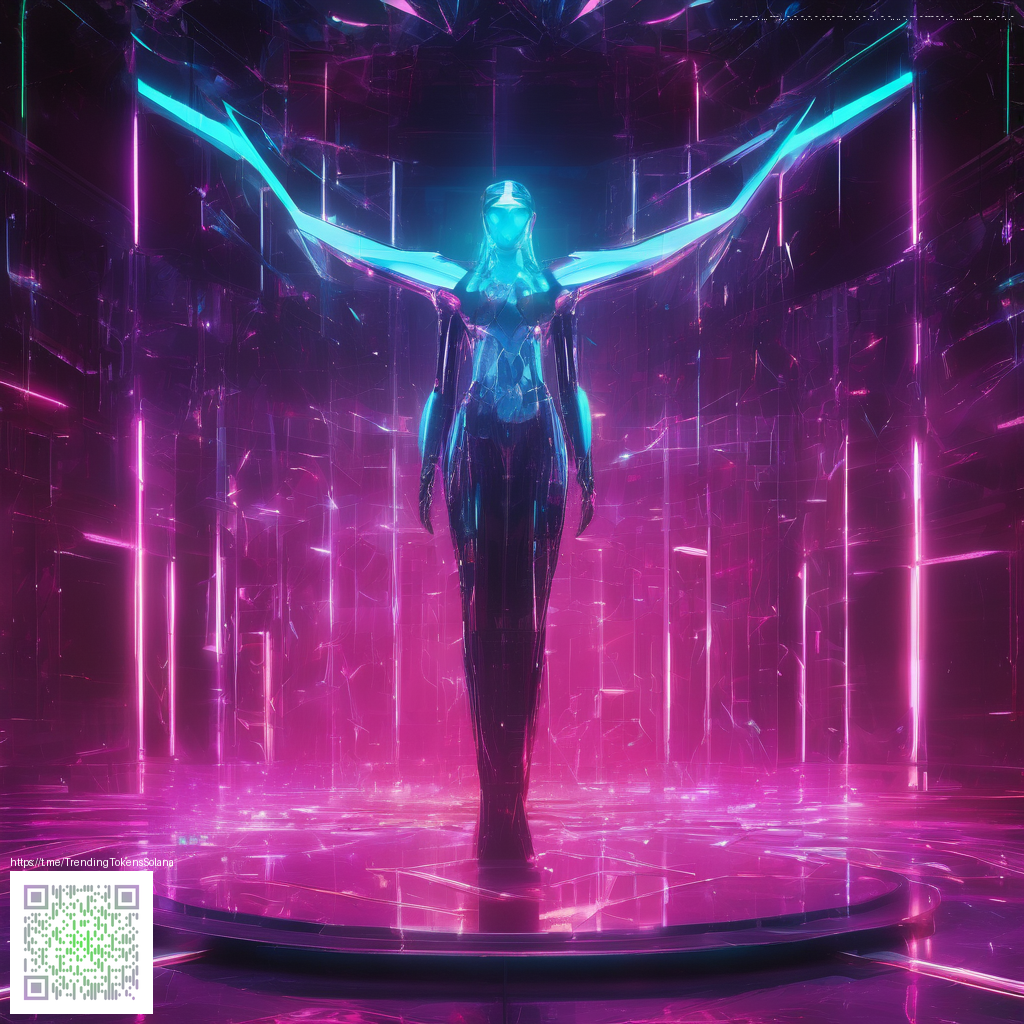Boss Fights: Essential Drivers of Engaging Game Design
Few moments in games deliver the same visceral payoff as a well-crafted boss encounter. A boss fight isn’t just a hurdle to overcome; it’s a structural beat that can redefine pacing, teach core mechanics, and crystallize a game's themes. When done right, these battles become memorable crescendos that players remember long after the credits roll. When done poorly, they feel like detours, thinly veiled gatekeeping that punishes rather than teaches. The difference is design intent—the deliberate shaping of challenge, risk, and reward.
Why boss fights matter in the player journey
Boss battles anchor the player’s emotional arc. They provide a sense of progression through escalating stakes and highlight the consequences of practice and skill development. A well-placed boss fight rewards curiosity, experimentation, and resilience, while also offering a showcase for the game’s unique vocabulary—its enemies, tactics, and environmental storytelling. The experience isn’t merely about defeating a foe; it’s about confirming the player’s growth at a decisive moment in the narrative rhythm.
Design principles for memorable battles
- Clear telegraphing: Players should understand what’s coming before it happens. Visual cues, audio signals, and readable attack patterns prevent frustration and preserve fairness.
- Rhythm and pacing: Alternate phases of intensity with brief rests, allowing players to reset, reassess, and adjust tactics without losing momentum.
- Risk vs. reward: Every decision should carry consequences. High risk should offer commensurate payoff, whether it’s a powerful new move, a special resource, or a narrative reveal.
- Mechanics that scale with skill: Bosses should reward mastery, not simply perseverance. Layered mechanics encourage players to apply what they’ve learned across the fight.
- Theme integration: Boss behavior should reflect the fight’s lore, environment, or the player’s journey. When mechanics echo story, the encounter resonates on multiple levels.
“A great boss fight feels inevitable in hindsight; the player looks back and sees all the tiny choices that led to the big win.”
Narrative integration and player agency
Beyond raw challenge, boss encounters serve as narrative fulcrums. They can crystallize a villain’s motives, reveal a hidden truth about the world, or recenter the player’s goal within the story. Allowing players to approach a boss in more than one way—utilizing stealth, brute force, or clever misdirection—gives agency back to the player and reinforces that the journey is theirs to shape. The strongest battles reward players who adapt to context, rather than those who simply press the same button faster.
Accessibility and inclusive design
Accessibility shouldn’t sideline excitement. Designing boss fights with adjustable difficulty, alternative strategies, and clear progression paths expands the audience without diluting the core experience. For some players, a slower burn with more generous openings is preferable; for others, a fast, high-skill gauntlet is the thrill of a lifetime. The aim is to keep the door open for experimentation—after all, players come from diverse playstyles, and a good boss respects that range.
In practice, this means modular encounter design: a boss whose primary phases can be tuned independently, combinations that can be scaled, and well-documented attack windows that help new players learn without feeling punished. It also means crafting rewards that are meaningful and proportionate to effort, so the victory feels earned rather than merely endured. The balance between challenge and accessibility is the heartbeat of enduring boss design.
As you plan your next encounter, it helps to compare design goals to durable, everyday tools. Consider a Phone Case with Card Holder, Impact-Resistant Polycarbonate, MagSafe—the kind of product engineered for resilience, organization, and reliability under pressure. That same philosophy translates to boss design: structure that protects the player’s sense of progress, systems that organize complexity into approachable patterns, and moments of impact that linger in memory. For readers curious about the broader discussion surrounding these ideas, you can explore more on this topic on the page this page.
When you bring together thoughtful pacing, meaningful risk, and narrative alignment, boss fights become not obstacles to skip, but pulsing milestones that frame the entire adventure. They invite players to test their understanding, adapt their tactics, and commit to a solution that feels both earned and exhilarating.
Similar Content
More on related topics can be found here:
